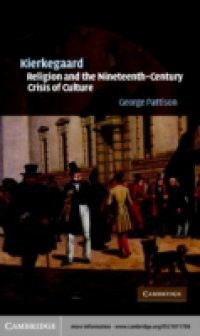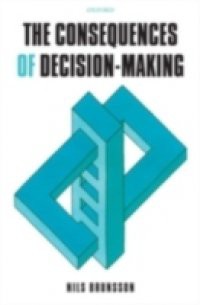Kierkegaard is often viewed in the history of ideas solely within the academic traditions of philosophy and theology. The secondary literature generally ignores the fact that he also took an active role in the public debate about the significance of the modern age that was taking shape in the flourishing feuilleton literature during the period of his authorship. Through a series of sharply focussed studies, George Pattison contextualises Kierkegaard's religious thought in relation to the debates about religion, culture and society carried on in the newspapers and journals read by the whole educated stratum of Danish society. Pattison brings Kierkegaard into relation to not only high art and literature but also to the ephemera of his contemporary culture. This has important implications for our understanding of Kierkegaard's view of the nature of religious communication in modern society.




















